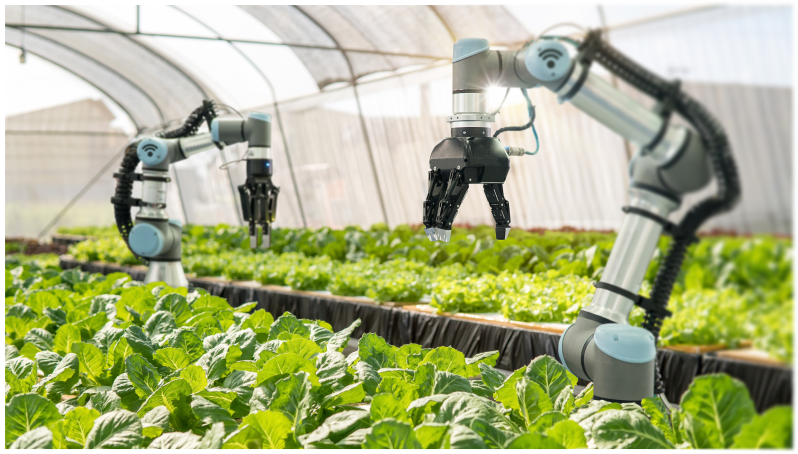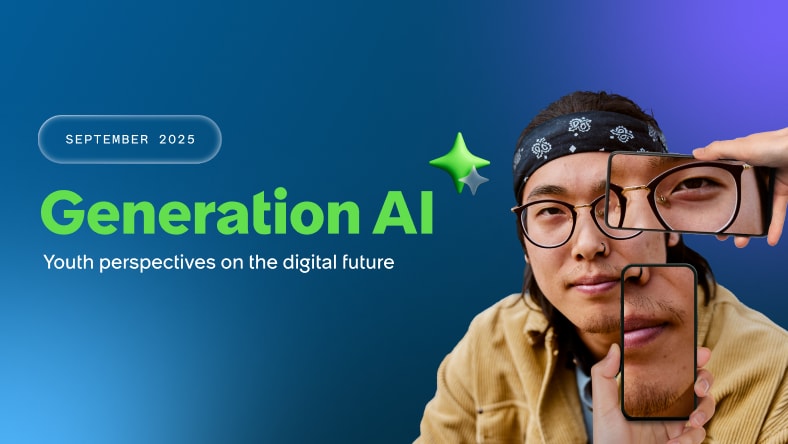People will expect a simpler, conversational experience to sit on top of every application that they use. That’s the AI engagement layer,” says Lokey.
By Evan Ramzipoor, Workflow contributor
Humans’ relationship to technology has come a long way since the command line.
It’s come so far, in fact, that it can be hard to remember how inaccessible technology was up until relatively recent times. Command lines demanded precision and deep technical knowledge, making it challenging for the average person to get much done—assuming they could avoid the dreaded syntax error.
Graphical user interfaces (GUIs) introduced visual workflows—menus, buttons, and mouse clicks—making computing more accessible. The public unveiling of some of the earliest versions of these innovations was so seismic that it became known as “The Mother of All Demos.”
Mobile interfaces revolutionized interaction again with touch, gestures, GPS, and cameras, enabling work to happen anywhere.
Each of these advancements has created a tectonic shift in how humans interact with technology, significantly shifting interaction paradigms, approachability and ease of use, and advancing how deeply technology is integrated in our day to day lives, says Amy Lokey, Chief Experience Officer at ServiceNow.
And artificial intelligence (AI) is bringing some of the biggest changes to date, she says.
“User expectations and their experience with technology is completely changing, thanks to AI,” says Lokey. “People expect a simpler, conversational experience, with generative, multi-modal and agentic capabilities, to sit on top of every application that they use. That’s the heart of an AI-first experience.”
IMPACT AI



